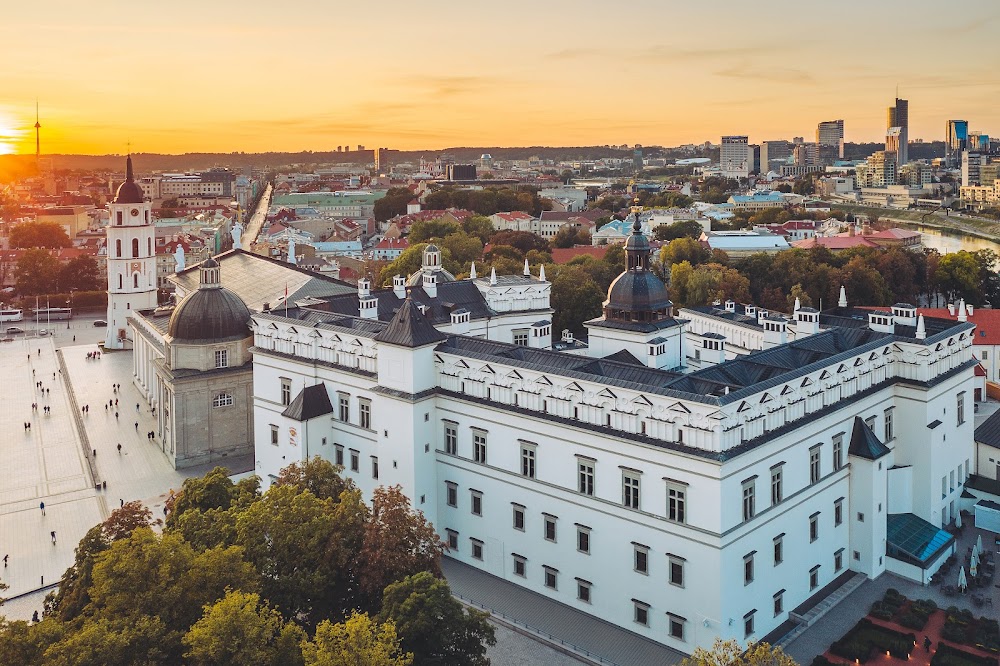Vilnius University (Vilniaus universitetas)
Overview
Vilnius University, nestled in the vibrant heart of Vilnius, Lithuania, stands as one of the oldest and most prestigious institutions of higher learning in Eastern Europe. Founded in 1579 by Grand Duke of Lithuania and King of Poland, Stephen Báthory, this historic university has served as a beacon of education and culture for centuries.
Initially established as a Jesuit college, the university mirrored the educational and spiritual ethos of its time. It gained university status through a charter granted by Pope Gregory XIII, marking the beginning of its illustrious academic journey. The original buildings showcase a distinct Renaissance architectural style, representing the university's deep-rooted traditions and intellectual foundations.
Over the centuries, Vilnius University has experienced numerous reforms and expansions. In the 18th century, following the suppression of the Jesuit Order, the institution fell under secular control for a brief period. The 19th century brought further challenges during the partitions of the Polish-Lithuanian Commonwealth, leading to significant turmoil and even a closure under Tsarist rule after the November Uprising of 1831.
The aftermath of World War I marked a new beginning for Vilnius University. Re-established in 1919, it regained its status as a vital educational hub, navigating through various political landscapes. During the interwar period, it was known as Stefan Batory University and flourished with a lively academic community.
World War II posed additional hardships, forcing the university to close during the Nazi occupation. It reopened under Soviet control, and despite these trying times, the resilience of its faculty and students kept the academic spirit alive. The Soviet era brought substantial growth, increasing the number of faculties and departments to encompass a wider array of disciplines.
Today, Vilnius University plays a pivotal role in the global academic arena, blending rich traditions with a modern outlook. Its diverse faculties—ranging from Arts and Humanities to Social Sciences, Natural Sciences, and Medicine—continue to enrich the intellectual and cultural landscape of Lithuania and beyond.
The university's library is one of the largest and oldest in Lithuania, housing invaluable manuscripts, books, and historical documents. This impressive collection stands as a testament to the institution's enduring legacy and commitment to scholarly excellence.
The Grand Courtyard, a central architectural gem, encapsulates the historical essence of Vilnius University. Here, students and visitors alike can marvel at the harmonious blend of Gothic, Renaissance, Baroque, and Classical styles. Adjacent to the courtyard, St. John's Church and its magnificent bell tower are iconic landmarks, offering breathtaking panoramic views of the city.
In recent years, Vilnius University has embraced modern educational trends, focusing on research, international collaborations, and technological advancements. It continues to attract students from around the globe, seeking high-quality education within an institution that beautifully intertwines historical heritage with contemporary excellence.
Ultimately, Vilnius University remains a symbol of academic freedom, resilience, and the pursuit of knowledge. As it carries forward its rich legacy into the future, it continues to significantly contribute to the academic and cultural life of Lithuania and the broader region.








